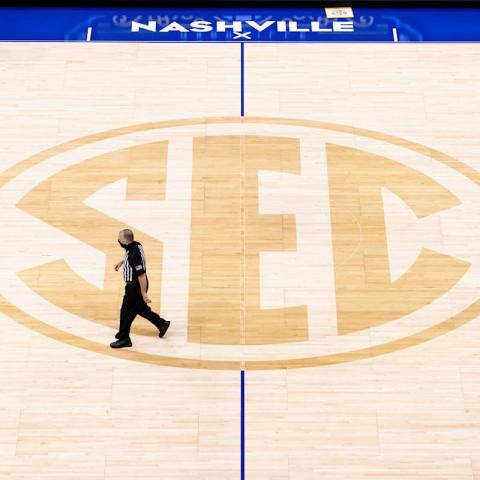The U.S. Supreme Court recently ruled in favor of San Francisco in a legal war over wastewater treatment and environmental standards. This case involved the release of sewage into the San Francisco Bay and the Pacific Ocean during heavy rains.
In a close 5-4 decision, the court decided that the U.S. Environmental Protection Agency (EPA) was too broad in its permit requirements for the city’s wastewater facilities. This ruling is part of a trend where the Supreme Court has been revising key environmental laws.
San Francisco’s city officials celebrated the verdict, claiming it brings more clarity and fairness to water quality regulations. They were supported by various industry groups, including the National Mining Association and the American Petroleum Institute, which also sided with the city known for its environmental initiatives.
However, environmental advocates voiced concerns. They argue that this ruling could lead to more pollution and less accountability for wastewater treatment plants across California and beyond. Eric Buescher from the San Francisco Baykeeper group warned that this decision may allow more pollution to seep into the water.
The case focused largely on the city’s extensive sewer system, which includes over 1,900 miles of pipes—some over a century old. San Francisco has two main wastewater treatment plants: the Oceanside Plant, which treats sewage from the city’s western areas, and the Southeast Treatment Plant, which services the eastern part of the city. Both facilities operate around the clock to process waste and prevent pollution in the nearby waters.
Under previous EPA regulations, these plants were required to meet precise pollution limits. In 2019, however, the EPA added requirements that seemed vague and overly broad, demanding the plants not violate water quality standards or create any pollution. San Francisco claimed these new rules were confusing and could lead to unfair penalties.
After the EPA’s decision, San Francisco officials expressed concerns about the accuracy of pollution sources, stating that issues like high bacteria levels might originate from other places, not just the treatment plants. Despite their arguments, environmental groups maintained that stricter regulations were necessary to safeguard water quality.
Initially, the San Francisco Board of Supervisors opted to settle out of fear that the Supreme Court might reduce pollution protections even further. This decision was later challenged when the Ninth Circuit Court ruled against the city, prompting an appeal to the Supreme Court.
Justice Samuel Alito, who wrote the majority opinion, said the EPA had exceeded its authority with the overly broad standards. He noted that even if a facility fully complies with its permit, it could still be penalized if nearby water quality standards are not met.
The dissenting opinion, penned by Justice Amy Coney Barrett, pointed to the need for broader water quality regulations. She highlighted serious pollution issues, such as visible waste in local waterways, as evidence that strict monitoring is still necessary.
As of now, the implications of this ruling for other wastewater facilities remain unclear. However, advocates like Buescher fear it may set a precedent that encourages other cities and industries to challenge similar clean water regulations across the country.
Source link
San Francisco Bay, San Francisco, Clean Water Act









:max_bytes(150000):strip_icc():focal(688x522:690x524)/Julien-Gabriel-welch-beddoe-020825-6c916fbcf95a4121baf1b93dcbc6b47b.jpg?w=480&resize=480,480&ssl=1)
